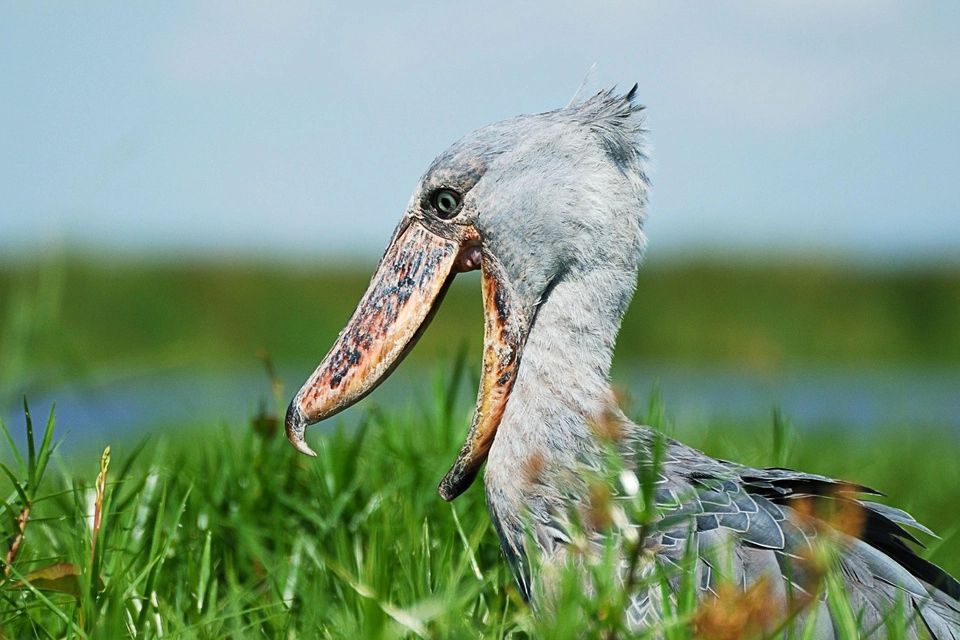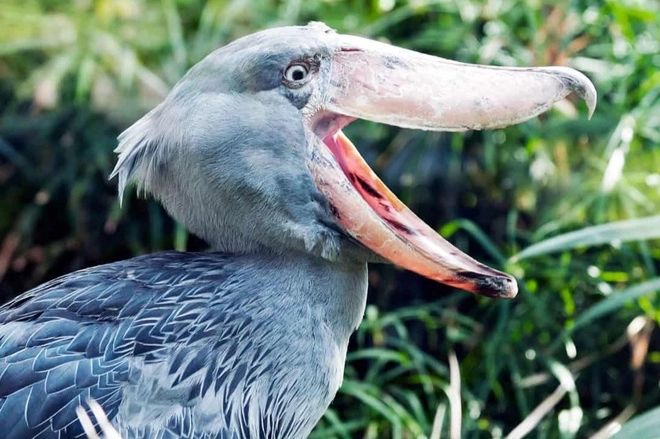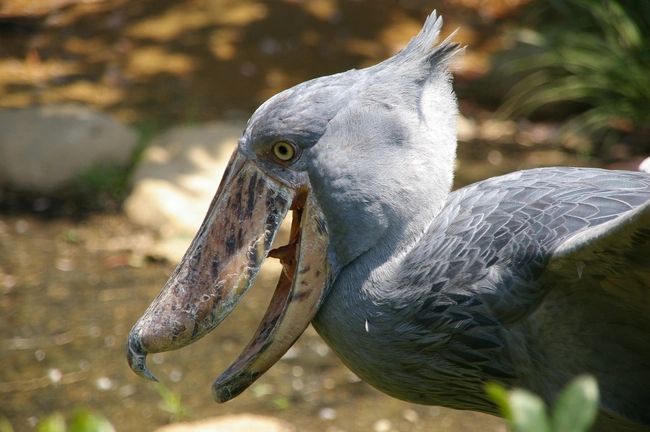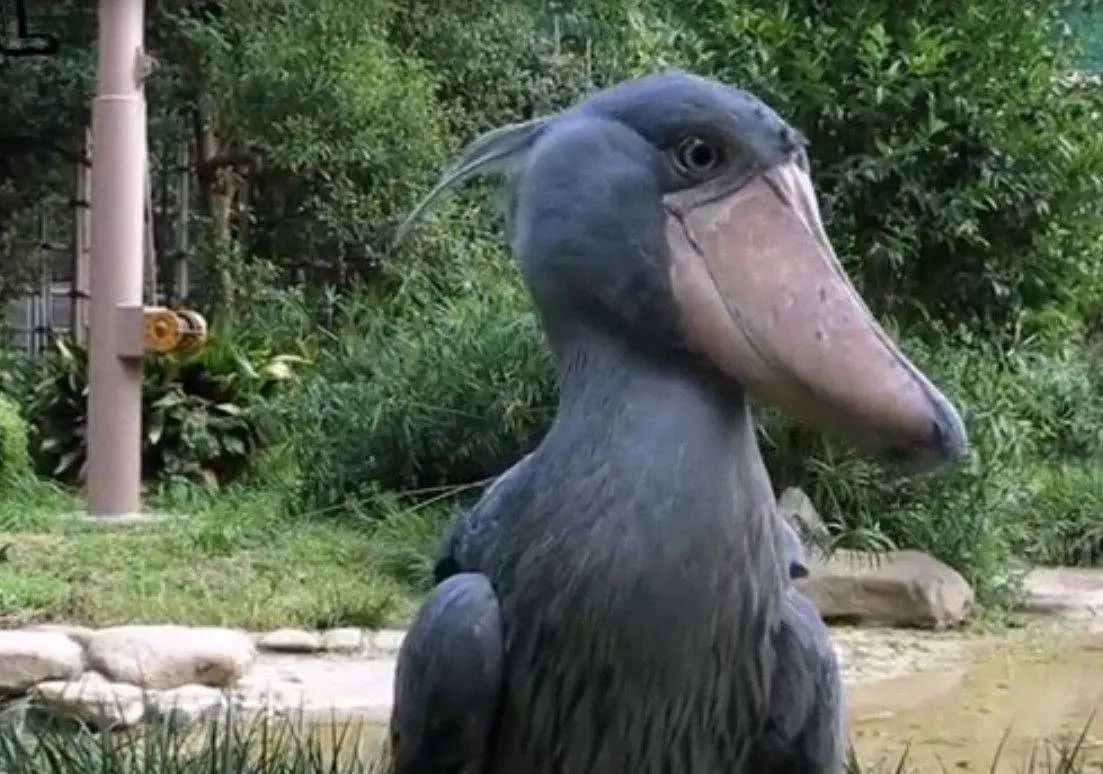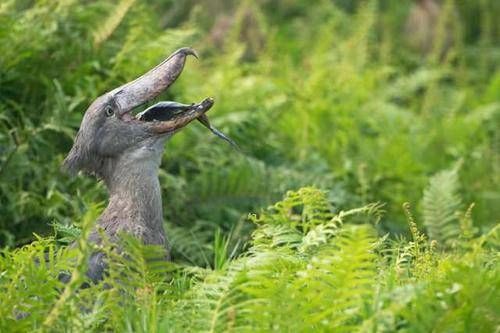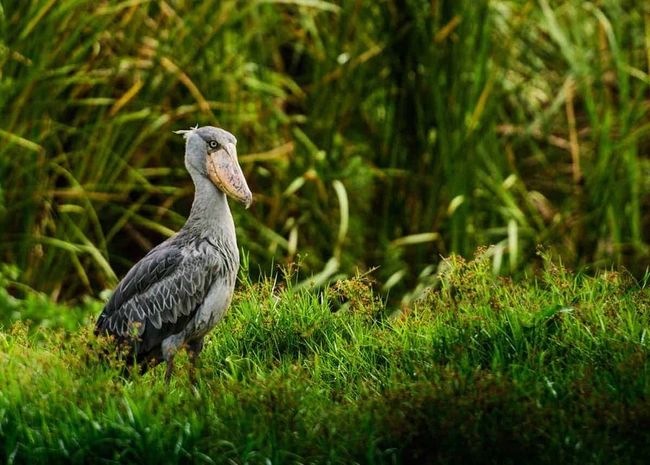The Enigmatic Beauty of Balaeniceps rex: Unraveling the Mysteries of the Shoebill
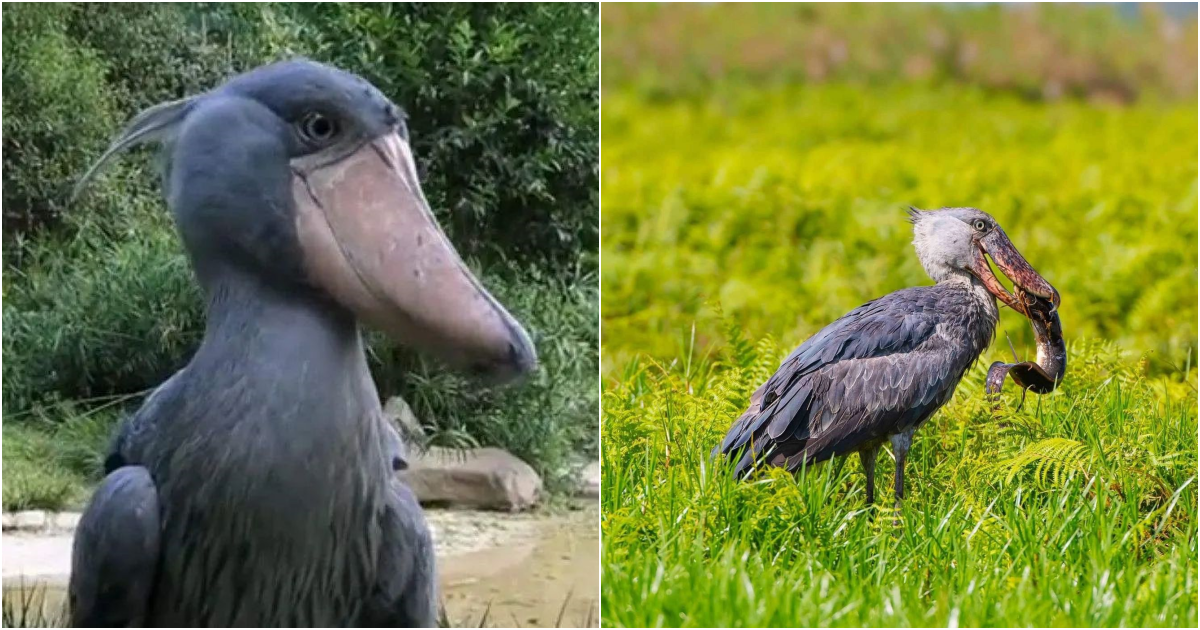
In the vast wetlands of East Africa, a remarkable creature captures the imagination with its unique appearance and captivating behavior. Enter the world of Balaeniceps rex, commonly known as the Shoebill. This charismatic bird possesses an extraordinary charm that captivates anyone fortunate enough to encounter it. With its distinctive appearance and intriguing habits, the Shoebill stands as a truly fascinating species, deserving of our admiration and attention.
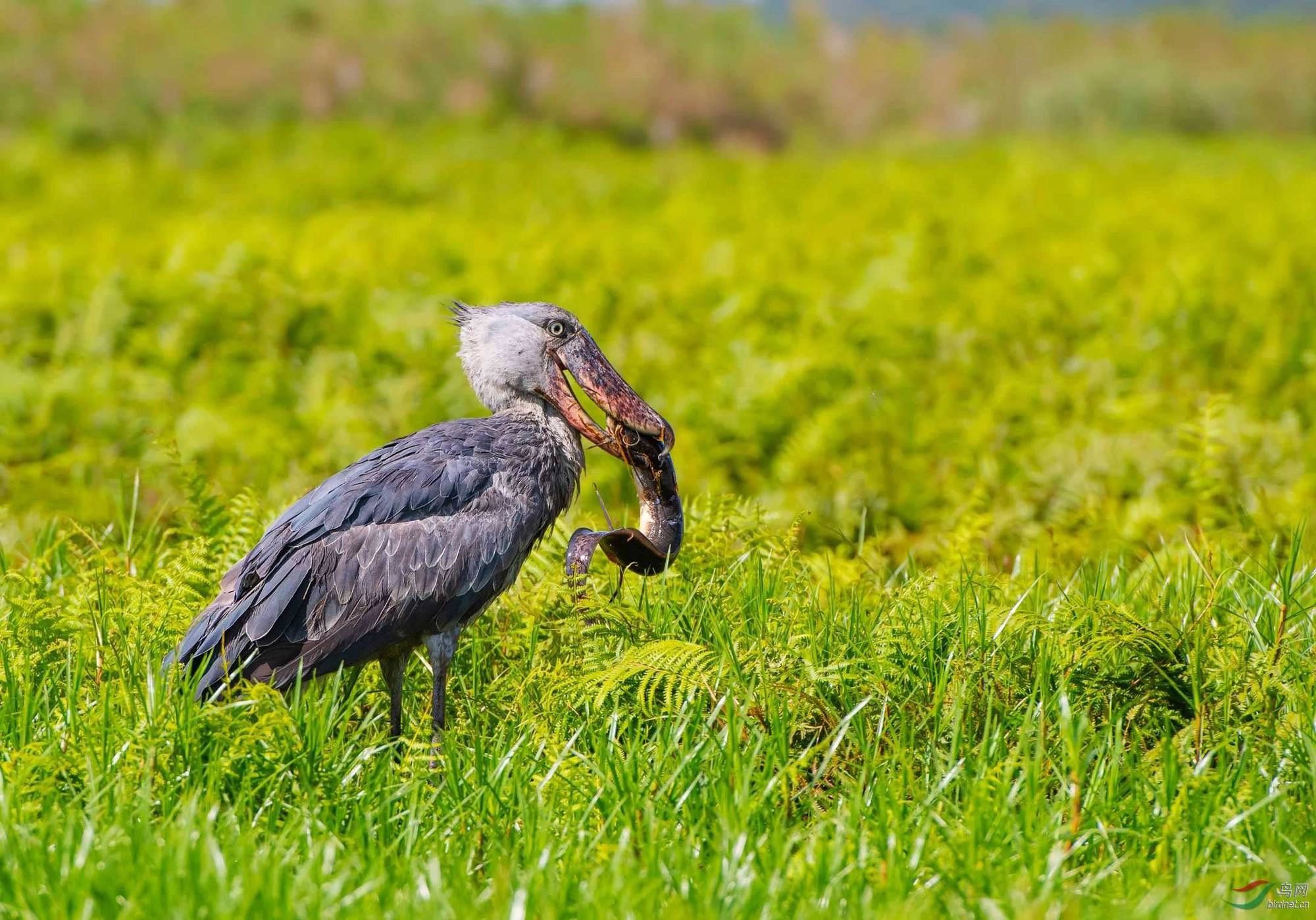
The Shoebill is a large bird, measuring up to 1.5 meters (5 feet) tall, with a wingspan of approximately 2.5 meters (8 feet). Its most prominent feature is its impressive bill, which resembles a large, shoe-shaped structure that gives the bird its name. The bill is incredibly sturdy, providing the Shoebill with the ability to strike with incredible force when capturing prey. Its plumage is predominantly gray, creating a beautiful contrast with its sharp, piercing eyes, which glow a striking shade of yellow.
These magnificent birds inhabit the vast marshes, swamps, and papyrus wetlands of central and eastern Africa, primarily found in countries such as Uganda, South Sudan, and Zambia. The Shoebill is perfectly adapted to its wetland environment, utilizing its long legs to navigate through shallow waters in search of its preferred prey.
Balaeniceps rex possesses a unique set of behaviors that further add to its allure. They are solitary creatures, often seen perched silently for hours, waiting for the perfect moment to strike. The Shoebill’s diet primarily consists of fish, lungfish, eels, and occasionally small reptiles and mammals. Its hunting technique is mesmerizing to witness, as it stands motionless, observing the water’s surface before suddenly lunging its enormous bill downward with lightning speed, capturing its unsuspecting prey.
The breeding habits of the Shoebill are equally captivating. During the mating season, male Shoebills perform elaborate courtship displays, including loud calls, bill-clattering, and head-swinging movements. Once a pair forms a bond, they construct a large nest made of sticks, often built within the dense vegetation surrounding the wetlands. The female typically lays one to three eggs, with both parents sharing the responsibilities of incubation and caring for the hatchlings.
While the Shoebill’s unique characteristics make it a wonder to behold, this majestic species faces several conservation challenges. The destruction of its wetland habitats, pollution, and illegal hunting pose significant threats to its survival. To protect this extraordinary bird, conservation efforts and education initiatives are crucial in raising awareness about the importance of preserving its natural environment.
The Balaeniceps rex, or Shoebill, stands as one of nature’s most captivating avian wonders. Its remarkable appearance, intriguing behavior, and vital role in the wetland ecosystems of Africa make it a species deserving of our admiration and protection. By appreciating and conserving this majestic bird, we can ensure that future generations have the opportunity to witness the awe-inspiring beauty of the Shoebill firsthand. 


